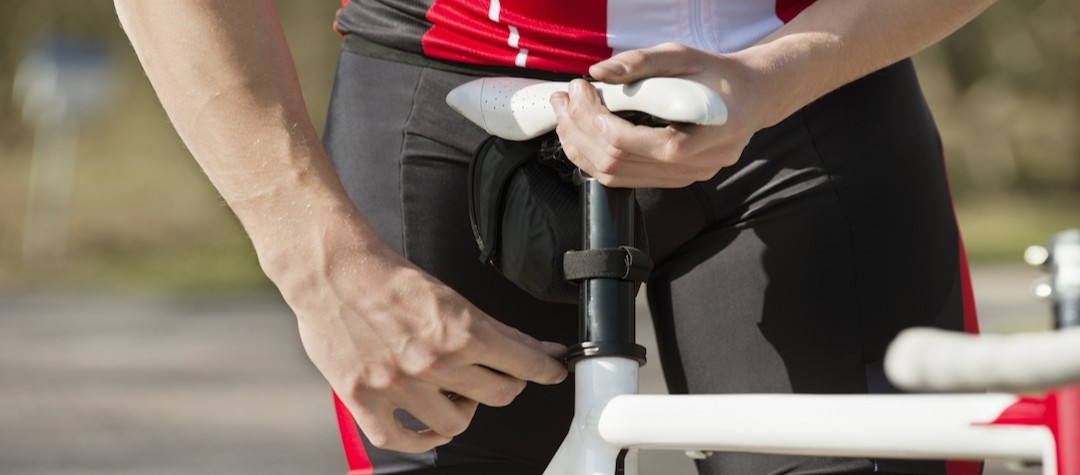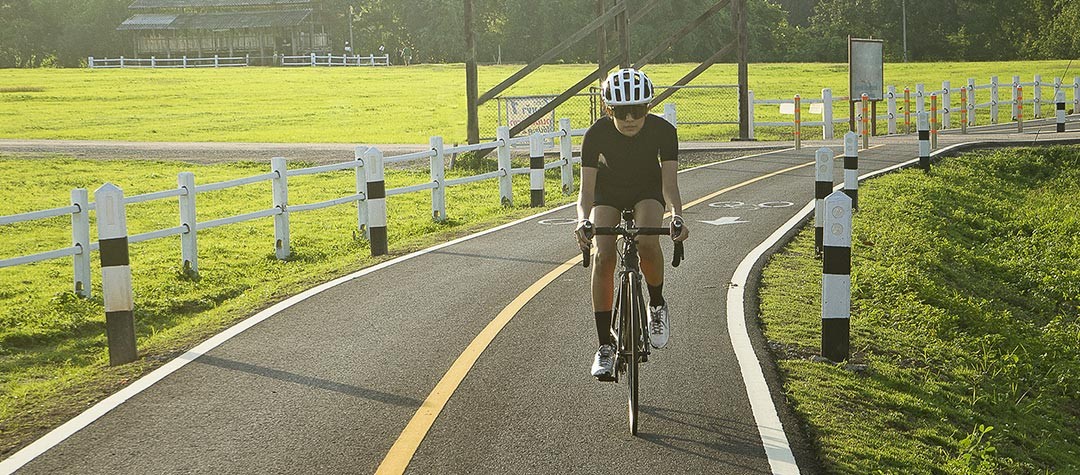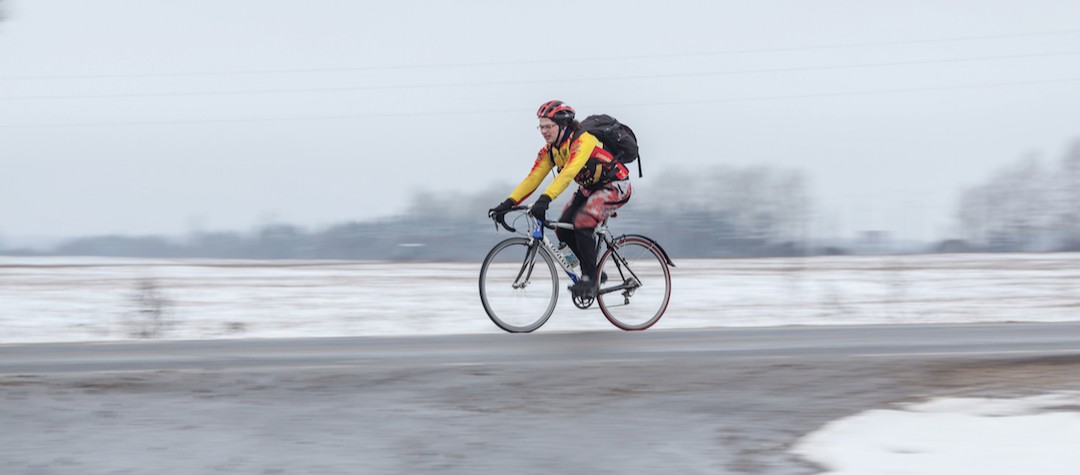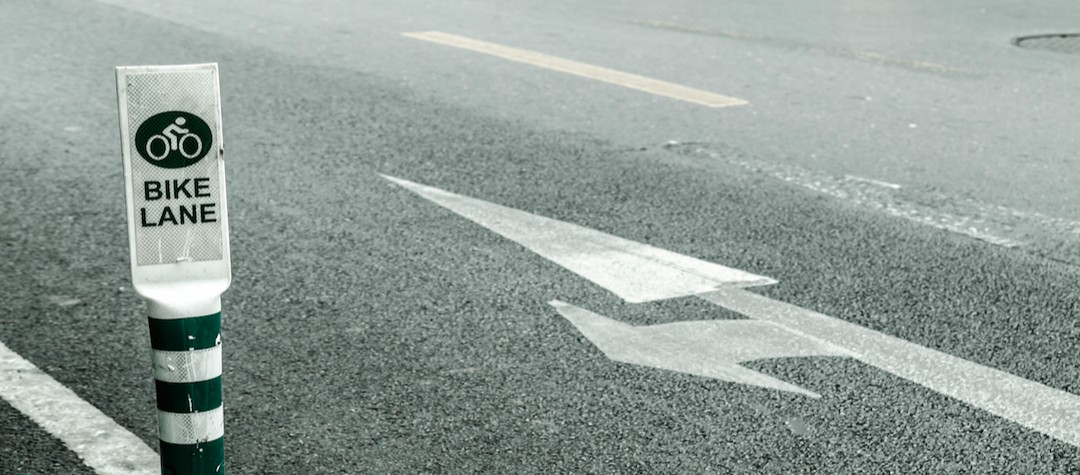Saddle soreness, it’s a right pain in the ass. But how do you prevent it or deal with it should you start to experience discomfort on or after a ride?
Hours on the bike can take their toll, but in particular on the part of the body in contact with your saddle. It’s your ‘sit bones’ and the perineum (the area between your anus and genitals), which are the areas that bear most of your weight when riding, and as such they are the areas most prone to soreness.
There are all manner of reasons why soreness develops on a ride, or over a period of time. The main reason is pressure, whereby bodyweight is focused on a small area which reduces blood flow to that area meaning that the skin doesn’t get the oxygen and nutrients it needs to function effectively. Each pedal stroke causes a slight shift of weight on the saddle causing heat and friction, and an increase in sweat and moisture in the area compounds the issue.
In some instances, riders can suffer from chafing on their inner thighs caused by rubbing on the saddle during the pedalling motion. Other issues can include infections at the base of hair follicles causes by riding, or skin ulcers caused by bacterial infections thriving in warm damp environments.
Saddle soreness will generally occur less as your body gets used to riding.
For many riders, the issues can be less severe. Often all they ever experience is just mild inflammation and reddening of the skin and this can often just calm down overnight. It will also generally occur less as your body gets used to riding, but there are still a number of steps that should be taken to ensure that the soreness or irritation never gets out of hand.
How can saddle soreness be avoided?
Build up gradually
Dont just jump into doing a mega long ride and expect your ass to thank you for it. Like your training, you need to build up steadily an allow your body to adapt. With time in the saddle your undercarriage will toughen up and get used to riding, but don't overdo it. As you become a more experienced rider you'll become more stable on the saddle and move around far less than when you first started.
Get out of the saddle
Give your behind some respite on a ride by easing out of the saddle occasionally. Even when riding a fairly flat route, it is still worth standing up on the pedals and getting out of the saddle every 10 minutes or so in order to restore some blood flow to your affected areas.
Have a proper bike fit
An incorrectly sized or wrongly set up bike can make a big difference to your comfort on a long ride. What you are aiming for is a set up that distributes your weight evenly and minimises your side-to-side movement on the saddle. A proper bike fit will set up your bike correctly, including saddle height and angle. It may also potentially highlight issues such as having one leg longer than another, which may be forcing you to shift in the saddle in the saddle to reach the pedal with the shorter leg. This type of issue can be sorted using a corrective wedge under the cleat to build your shoe up to the right height.
Saddle choice
Choice of saddle is a personal thing. What works for one rider may be agony for another, so don’t go with recommendations, at least not until you’ve tried them out. Despite what people may think, big padded seats are not necessarily the best and even the most harshest looking saddle or strangest looking saddle, such as those with cut outs, twin noses and channels, may turn out to be the perfect perch for you.
The best advice is try out a few or visit a bike store that has a saddle measuring service which allow you to measure the distance between your sit bones to find the right model. A few manufacturers even have have demo saddles that you can borrow for a test run. Don’t forget that over time a new saddle will be ‘broken in’ by your behind and become more comfortable.
Don’t scrimp on cycling shorts
When it come to buying cycling shorts you should spend what you can reasonably afford. The quality of short and the pad will provide improved comfort which you’ll really be thankful for several hours into your ride. Like saddles, different pads suits different riders so find one that works best for you and stick with it. Generally speaking, the more you spend the better the padding and comfort. Ideally, go for bib short with the shoulder straps as these stay in position far better when riding.
Don’t wear anything underneath!
It is recommended that you go commando when wearing your cycling shorts as wearing your own underwear under your shorts could cause problems. Additional underwear, especially those made of cotton, will hold additional moisture which will only increase the potential for skin irritation, soreness or worse, so go without.
Use chamois cream
Use a good quality pair of bibshorts combined with chamois cream to reduce friction when riding. Chamois cream (around two fingers worth) should be applied directly to the pad in your shorts and to your perineum before riding and will reduce friction, inflammation and discomfort. While it might feel a little strange, even a little tingly at first, the soothing and cooling effect will help keep things fresh and prevent bacteria.
Be clean
Minimise your risk of infection by maintaining good hygiene. Don’t re-use a pair of shorts without having washed them first as they could contain bacteria which could potentially lead to an infection. Try and avoid sitting around in damp shorts after a ride as this could encourage any bacteria wanting to breed and have its own party on your pants.
ReSkin patch
If you want to go one step further with prevention then you could consider ReSkin Patches which form a barrier to reduce friction. Very much like a large sticking plaster they are made of a breathable material, almost like a second skin, and placed on the areas that suffer from friction when riding. Although they might feel a bit bulky between the legs at first, you soon forget they are there so you can enjoy your rides for longer in greater comfort.
Ride more
Ok, so everybody hurts when they first start riding, but the more you ride the more you become accustomed to it. There is no substitute for just getting out there, wearing in your saddle, and toughening up the body so that the saddle no longer becomes the razor blade your originally viewed it as. By riding more over time (and applying some of the tips above) you can overcome the initial soreness and hopefully make saddle discomfort a thing of the past or at worst just a minor irritation.














